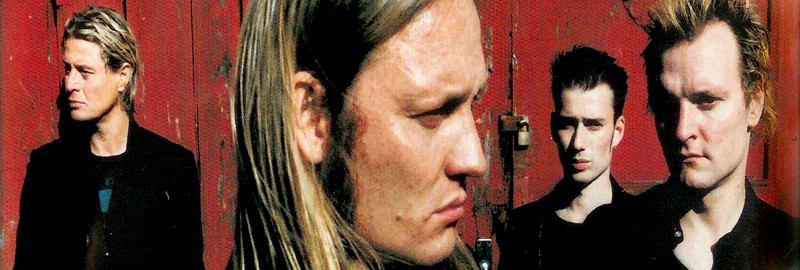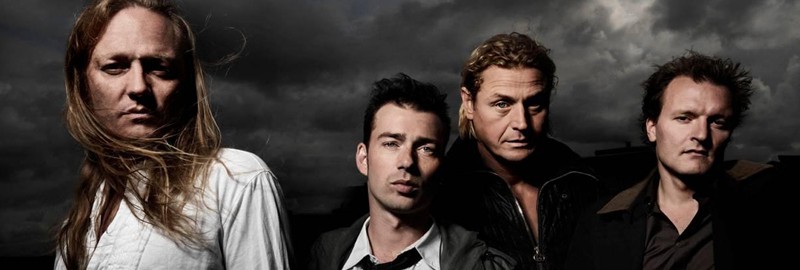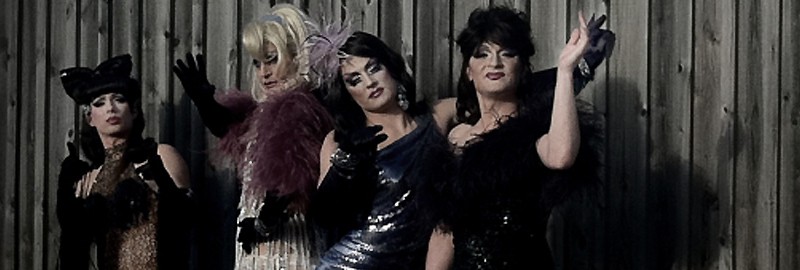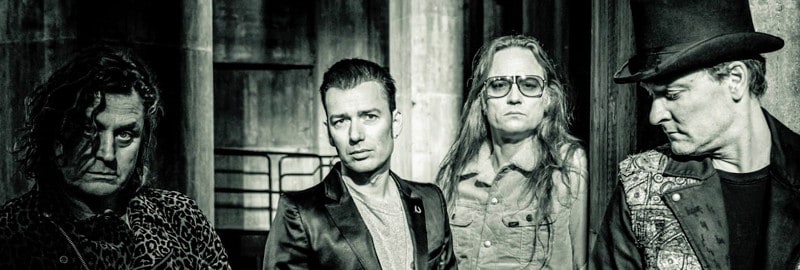The band

CHAPTERS - CLICK TO READ
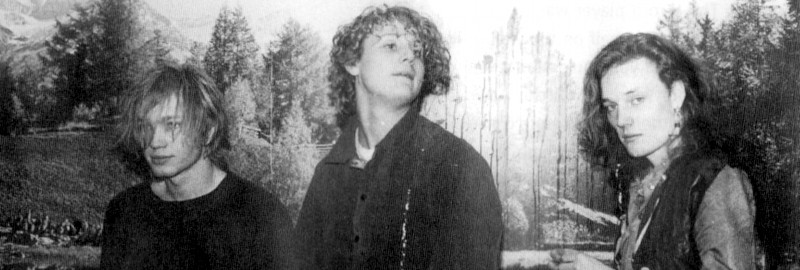
HOW IT ALL STARTED
D-A-D began playing together in the early 1980s in Copenhagen, Denmark, under their original band name Disneyland After Dark.
D-A-D released their first EP in 1985 and has now been together for more than twenty years, with only one change in the lineup, as Laust Sonne replaced former drummer Peter Lundholm Jensen in 1999. The band released their 11th album –DIC.NII.LAN.DAFT.ARD.ARK – November 11, 2011.
When the group made their international breakthrough in 1989, they had to change the band name to D.A.D. to avoid an impending lawsuit from the Walt Disney Company. In 1995, the “spelling” changed to D:A:D, to make it more obvious that it was an abbreviation. Finally in 2000, the band story became one of advanced punctuation as the spelling was changed to the more internet-friendly D-A-D.
To learn more about the band, read from the beginning of the D-A-D biography or skip to the chapter of your choice. And stay tuned as chapters will be added…
You can also find out more about D-A-D’s releases by checking out the Discography or you can get a taste of their music right now by listening to the player while online.

THE BEGINNING, 1982
In the early 1980s, three young men – Stig Pedersen, Jesper Binzer, and Peter Lundholm Jensen – met in the Copenhagen punk music milieu and formed the first Disneyland After Dark.
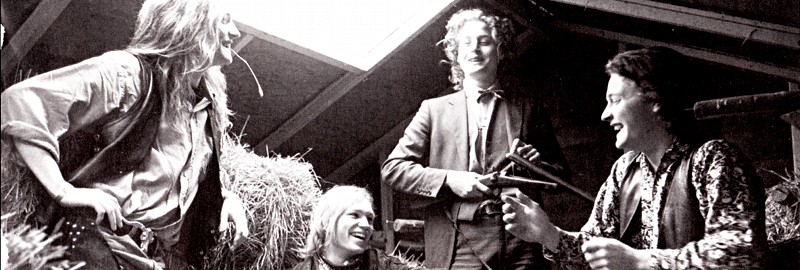
HAPPY BIRTHDAY - MARCH 3, 1984
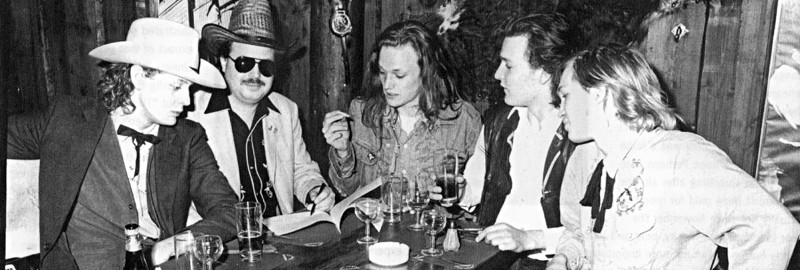
FIRST RECORD DEAL, 1984

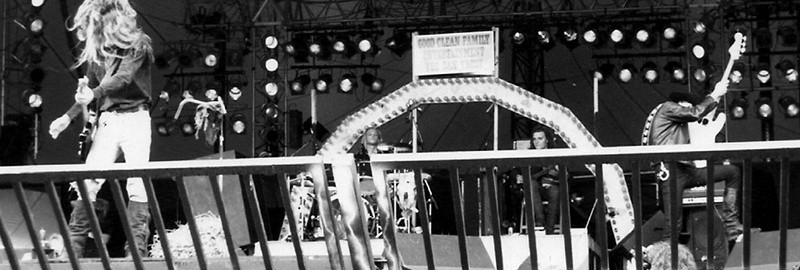
Going into the studio again in the fall of 1986, the band had older material with them that had not been used for Standin’ On the Never Never as well as newly written songs. Once again, recording took place in Studio 39, and both producer Frank Marstokk and technician Jørgen Bo were in place again.

Vetoed the sitar solo on I Won’t Cut My Hair that Cobber wanted.
Cut the original 16 verses in the song 10 Knots down to two. (However, an ad-lib was added at the end.)
Intervened when Stig invited a journalist, who came to do an interview, to sing a chorus hooligan style.
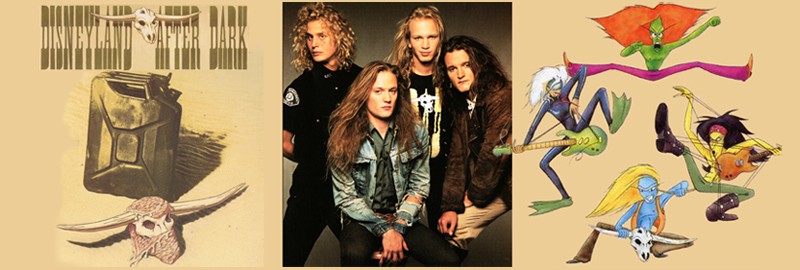
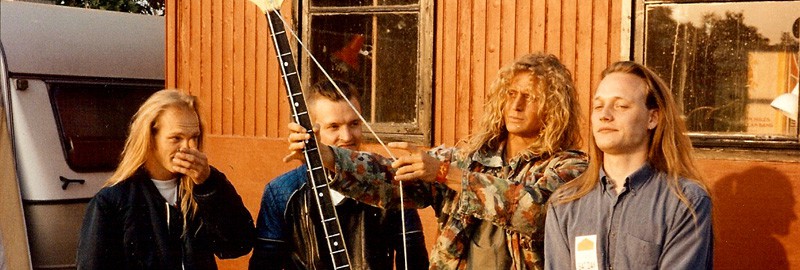
THE BIG BREAK, 1989


THE LONG SILENCE 1992-1995
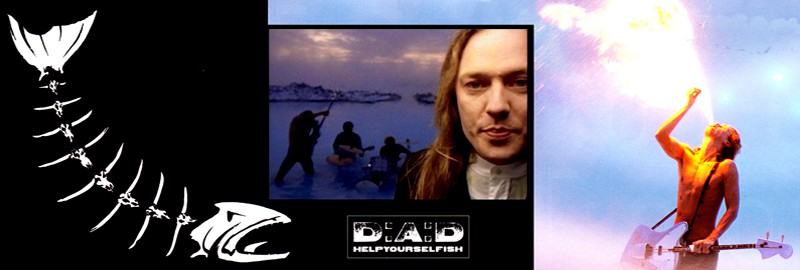
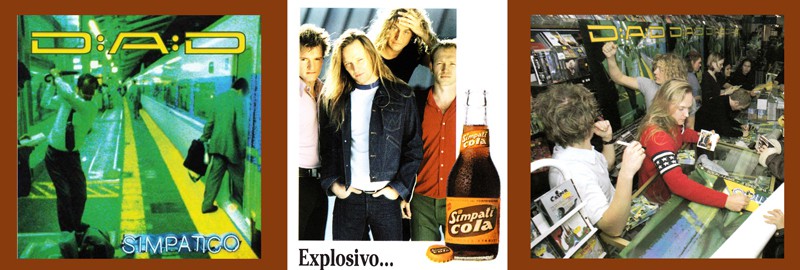
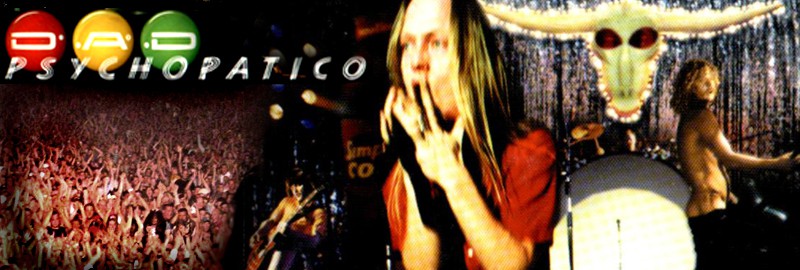
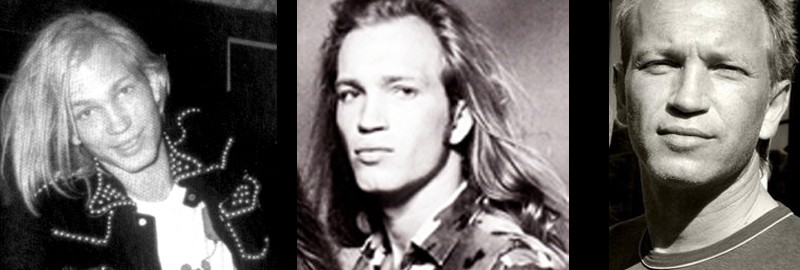
PETER LEAVES THE BAND, 1999

LAUST JOINS THE BAND, 1999
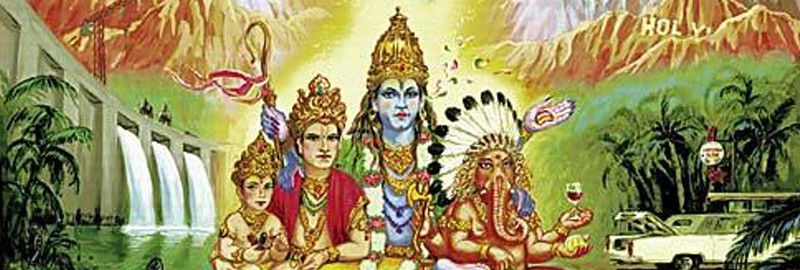
D-A-D entered the new millennium with the new spelling of the band name (previously D:A:D), which is still being used.
With the new drummer on board, the band headed to Malmo and Copenhagen to record a new album at Tambourine Studios Malmoe & Grapehouse Studios CPH. The opening track gave name to the album – Everything Glows. The song itself became a big hit and took its rightful place among D-A-D’s greatest hits ever since. There is also a music video for Everything Glows.
As for the reviews from critics, the album Everything Glows did not get very praiseful feedback, as it was rather restrained. However, the listeners were of the opposite opinion and were quite satisfied with the album, as it appears from multiple album reviewing resources.
Album cover gives western vibes again after a while – we see Jesper, Jacob, Stig and Laust standing against the background of the railway and western-american styled bar. Even more, inside the booklet there is a band picture with Stig wearing a Roach (traditional Native American headdress).
Later on that year D-A-D released a compilation album The Early Years that included the band’s first albums along with some bonuses in the form of remixes, demos, lives and radio edits.
(Text provided by Marharyta.)
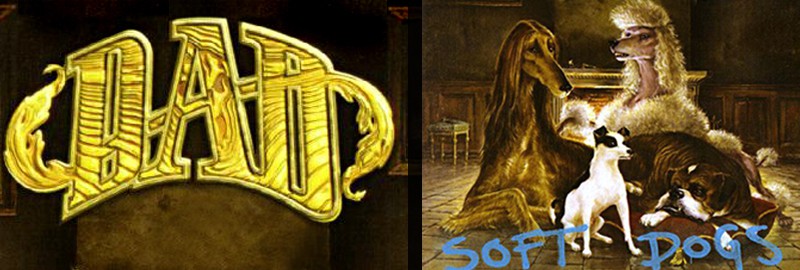
By the end of the winter 2002, D-A-D contributed to the spring earlier coming by melting the ice and listeners’ hearts with the new release – Soft Dogs. The album title turned out to be pretty self-explanatory, as the content was much softer than any previous records. With this album D-A-D proved the skill of writing ballads and middle tempo songs at their best. The chosen route worked out just right – both critics and fans accepted the album very warmly. The album reached Number 1 in Danish charts, received the highest rating from Denmark’s music magazine Gaffa and sold 65k+ copies in Denmark.
The song Soft Dogs also made it to the compilation album 50 Stærke Danske Love Songs (2013) presenting best love songs by Danish artists.
The album cover pictures four dogs with hairstyles reminiscent of band members and looks very comfy.
(Text provided by Marharyta.)
WIG WAM TOUR, 2002
